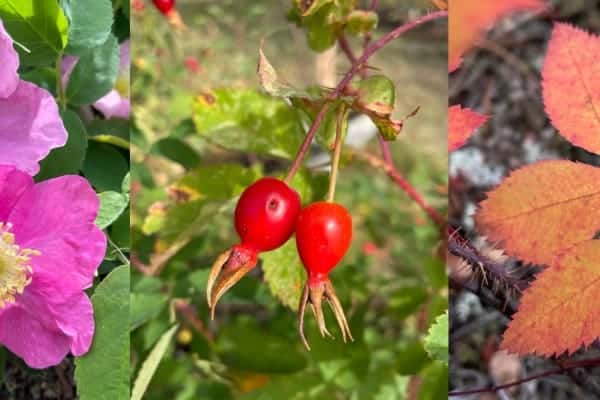I was shopping at my local free store the other day when I stopped in the middle of a wave to a fellow browser. He peered at me, and I at him, for a good minute before I said tentatively, “Dom?”
His grin affirmed my suspicions and as we caught up we shared a chuckle at our mutual uncertainty.
Context, clothing, companions — all of these can make someone dear appear unfamiliar in the first moments of a chance meeting, and it is with this same attitude of hesitant eagerness that I approach many of my old friends, peeping their little heads above the soil in spring.
Plants transitioning through a Yukon summer, particularly those that either die or die back completely each year, can display spectacularly different appearances through the short season from break-up to freeze-up.
The first leaves of plants (the ‘seed-leaves’) are often different in shape from the ones that follow, making it difficult to distinguish tiny seedlings — picture baby kale, radish and cabbages. Many plants flower briefly, and other characteristics need to be used to identify them throughout the season.
Think of the crocus, its fuzzy blooms already faded to wispy memories, leaving only many-forked leaves behind, leaves that are easily confused with other anemones sans flower.
In these early days I delight in attempting to recognize even the tiniest of sprouts protruding from the ground, trying to imagine what it will grow into over the coming months.
Then, of course, revisiting it over the course of the season. As with people, context can help — for familiar areas (eg: the meadow in front of the house), memories and notes from last year help me make a shortlist of potential plants to choose from.
Areas I visit less frequently are more of a challenge, and I rely more on vegetation type and companions — what have I seen before in the company of a creeping juniper or beneath an alder?
This last trick is particularly useful for that most ephemeral of foraging delights, the mushroom.
I saw my first puffball today and will now keep my eyes peeled wherever I see sandy meadows covered in sage and saxifrage. For those denizens of the forest floor that will last longer than the time it takes to puff, I look forward to following them throughout the summer and into the fall.
If spring is the time to get reacquainted, then summer is for long conversations that go late into the evening. I wonder, what are the plants’ experiences of this ephemeral two-legged thing that wanders carefree in and out of their sphere over the course of the year?




